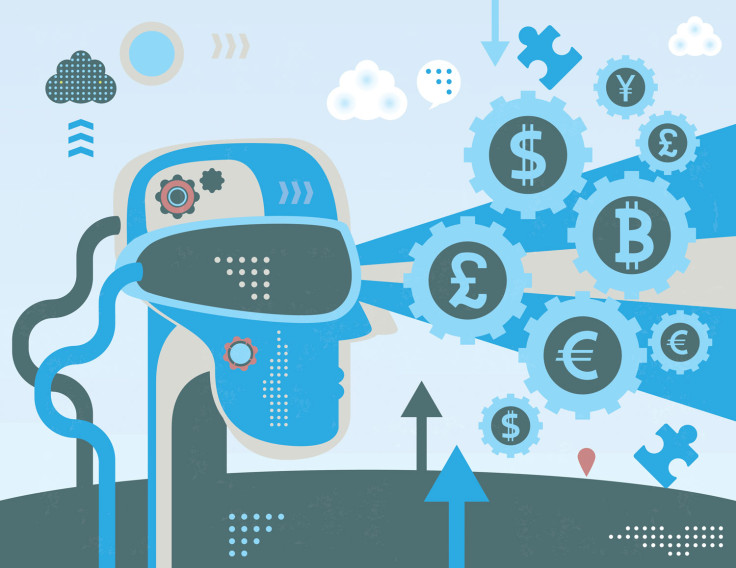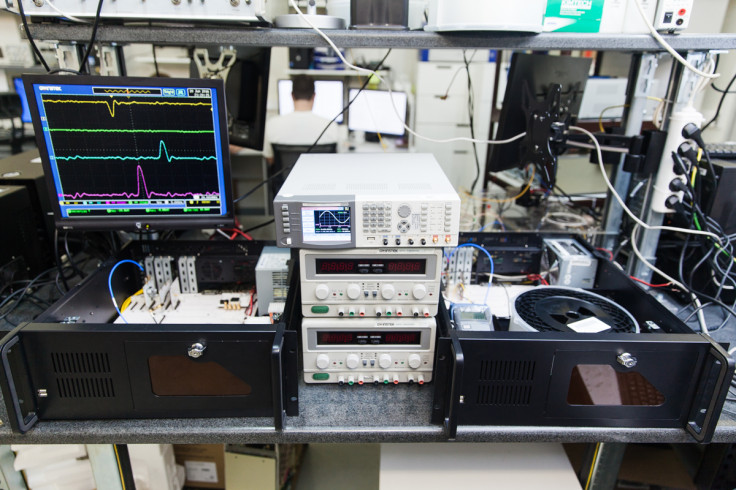Russian scientists develop world's first quantum-proof blockchain
A major Russian bank has successfully tested a blockchain that cannot be hacked - even by a quantum computer.

Russian computer scientists have developed the world's first blockchain that is so secure not even a quantum computer will be able to hack into it.
Quantum computers don't exist at the moment – they are only a concept. But one day when the technology is realised, a quantum computer will be able to factor impossibly large numbers. This is bad news for current RSA encryption methods, which rely on complex mathematical problems that are too difficult for a regular classical computer or a human to solve.
And if a quantum computer can crack current encryption methods, this means it could also crack the blockchain – a technology used to secure virtual currencies that is now of great interest to banks and the finance industry.
To prevent this, researchers from the Russian Quantum Center had to start from scratch and invent a blockchain with a completely new architecture that takes away all of the security vulnerabilities of the current blockchain technology. They have successfully tested the technology with Gazprombank, one of Russia's largest banks.
Their paper, entitled "Quantum-secured blockchain", is published on Cornell University Library's open source database.
How does the blockchain work?
A blockchain is a shared ledger of transactions in a database used to verify all transactions relating to the virtual currency bitcoin. It is possible thanks to a combination of computer science concepts including distributed consensus algorithms, state machine replication, peer-to peer networking protocols and cryptography.
A copy of the blockchain is held by all the computers on a network (known as "nodes"), and as transactions occur, the blockchain is constantly updated and verified by the network with the data time-stamped into blocks, so no one person or computer can control any transaction on the blockchain.
Because there is no core central source, the shared data blocks link up to form an encrypted chain that is both tamper-proof and completely auditable, via digital signatures.
Digital signatures are a sequence of bits with the single binary value of 0 or 1 that a blockchain user attaches to their transaction message to authenticate themselves. Say that you have two people called Bob and Alice. Alice wants to send Bob five bitcoins over the blockchain, secured using the digital signature, which contains a private key.
The private key is a secret password that is only known to Alice. At the moment, this is secure so no one can tamper with Alice's message. However, a quantum computer would be so clever that it would be able to figure out Alice's private key simply by looking at the message and its signature.
A hacker could then generate a fake message that looks like it comes from Alice, requesting that the blockchain transfer all the bitcoins in her account to the hacker, and there would be no way for Alice to prove that she didn't send the message.
Building a new architecture using quantum cryptography

"In our quantum-secure blockchain setup, we get rid of digital signatures altogether. Instead, we utilise quantum cryptography [a technology that uses photons to communicate between two parties] for authentication," Alexander Lvovsky, the group lead for quantum optics at the Russian Quantum Center and co-author of the paper, told IBTimes UK.
"Parties that communicate via a quantum channel can be completely sure that they are talking to each other, not anybody else. This is the main idea. Then we had to re-invent the entire blockchain architecture to 'fit' our new authentication technology, thereby making this architecture immune to quantum computer attacks."
One type of quantum cryptography is quantum key distribution (QKD), which is where quantum mechanics are used to guarantee secure communication by utilising quantum entanglement to detect any eavesdropping by a hacker on communications between two users.
Quantum entanglement makes it possible for bits to be in superposition known as 'qubits', so they can have the value of 1 and 0 at the same time, making it much easier for any interference to be detected.
The new blockchain works by having each pair of nodes in the network connected using a QKD link. The first layer of the network is the QKD network, but it is only concerned with establishing authentication between the two blockchain users. The second layer of the network is where the message data is transmitted, using authentication tags based on Toeplitz hash algorithm.
QKD networks are becoming more common in the financial industry and are used for financial transactions, smart contracts and other highly sensitive digital transfers, however this is the first time that the technology has been implemented into the blockchain platform.
© Copyright IBTimes 2025. All rights reserved.






















